How to avoid tick bites this summer — top tips from a pest expert on how to stay safe
Keep safe from these harmful pests
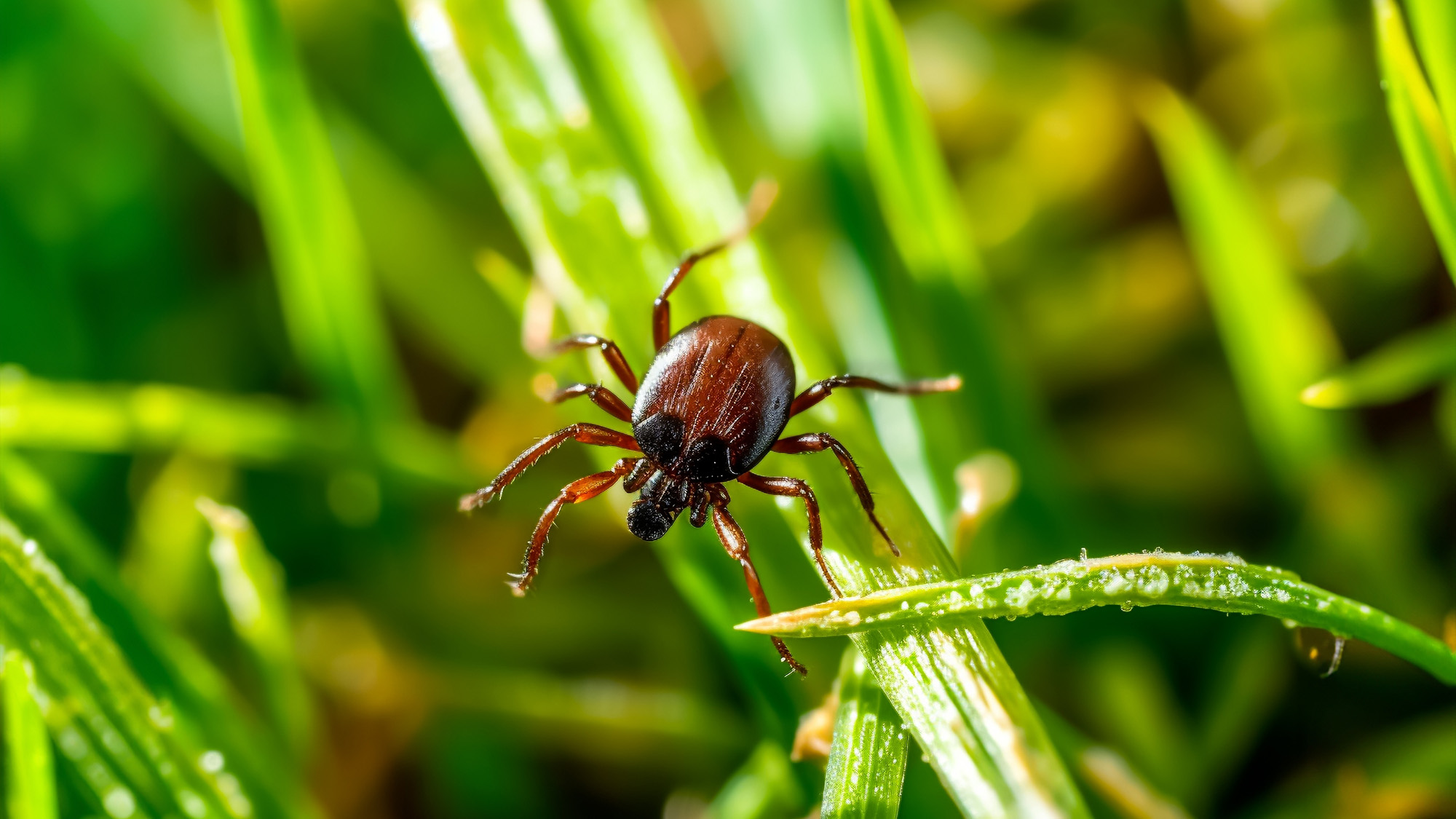
The warm weather sees us venturing into our yards and further afield, but while we enjoy spending time in nature, a few pesky critters are waiting to give us a bite.
Ticks are notorious for hiding in shady, moist areas, and if we’re not careful, we could get bit when we’re tidying our yards or out on an adventure. And apart from a bite, ticks carry bacteria and can cause nasty illnesses such as Lyme disease. What’s more, our pets are at risk too.
So, to help you keep ticks at arm’s length, I’ve called on the expertise of Emma Grace Crumbley, Entomologist at Mosquito Squad Plus, to share her advice on where ticks hide out, their behavior, and how to avoid tick bites this summer and fall.
An irritating pest
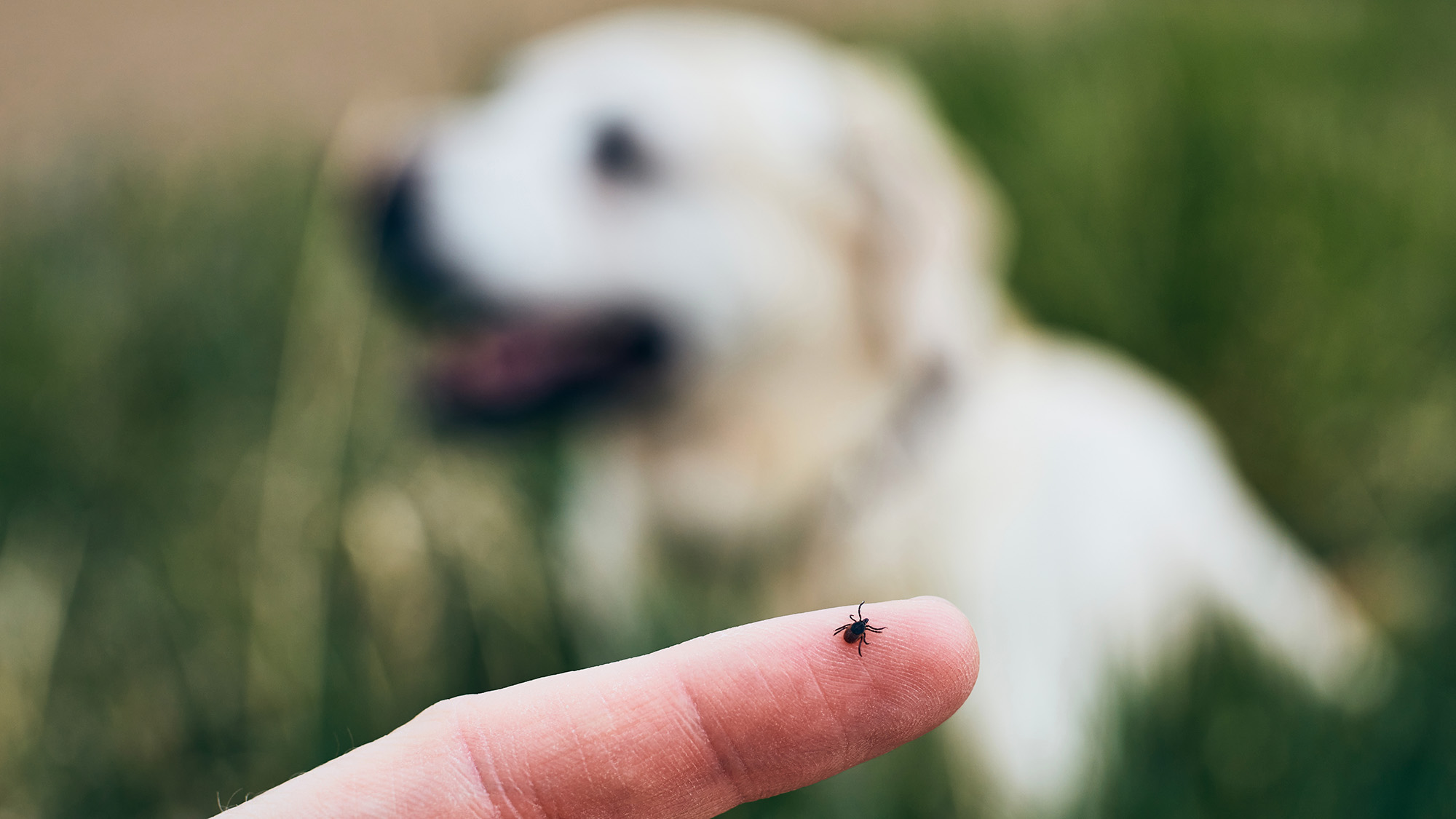
Ticks can also cause distress to outdoor pets, leading to itching, hair loss from licking, and irregular pet behavior.
Even if ticks don’t spread diseases, they are still dangerous to have in our yard, as tick bites can be irritating and easily infected if scratched or left untreated. “Ticks can cause distress to outdoor pets, leading to itching, hair loss from licking, and irregular pet behavior,” Crumbley says. “They can also attract other animal pests to your yard, like birds and rodents that feed on ticks.”
And an irritating bite

Ticks can spread diseases to people and animals through their bites. When a tick latches onto a host, it cuts through the skin and attaches itself securely, feeding on blood. “To prevent blood from clotting after piercing the skin, ticks secrete their anticoagulant saliva into hosts when feeding," Crumbley says. "It’s during this 'spitting' that pathogens the tick was carrying, mainly bacteria, get introduced to the host’s body and can lead to illness.”
Certain tick-borne diseases will leave behind distinctive rashes, with Crumbley explaining that Lyme disease manifests as a “bullseye” red mark around the bite site. Rocky Mountain Common Fever is another widespread tick-borne disease, which appears as small red bumps across the body.
Where ticks populate
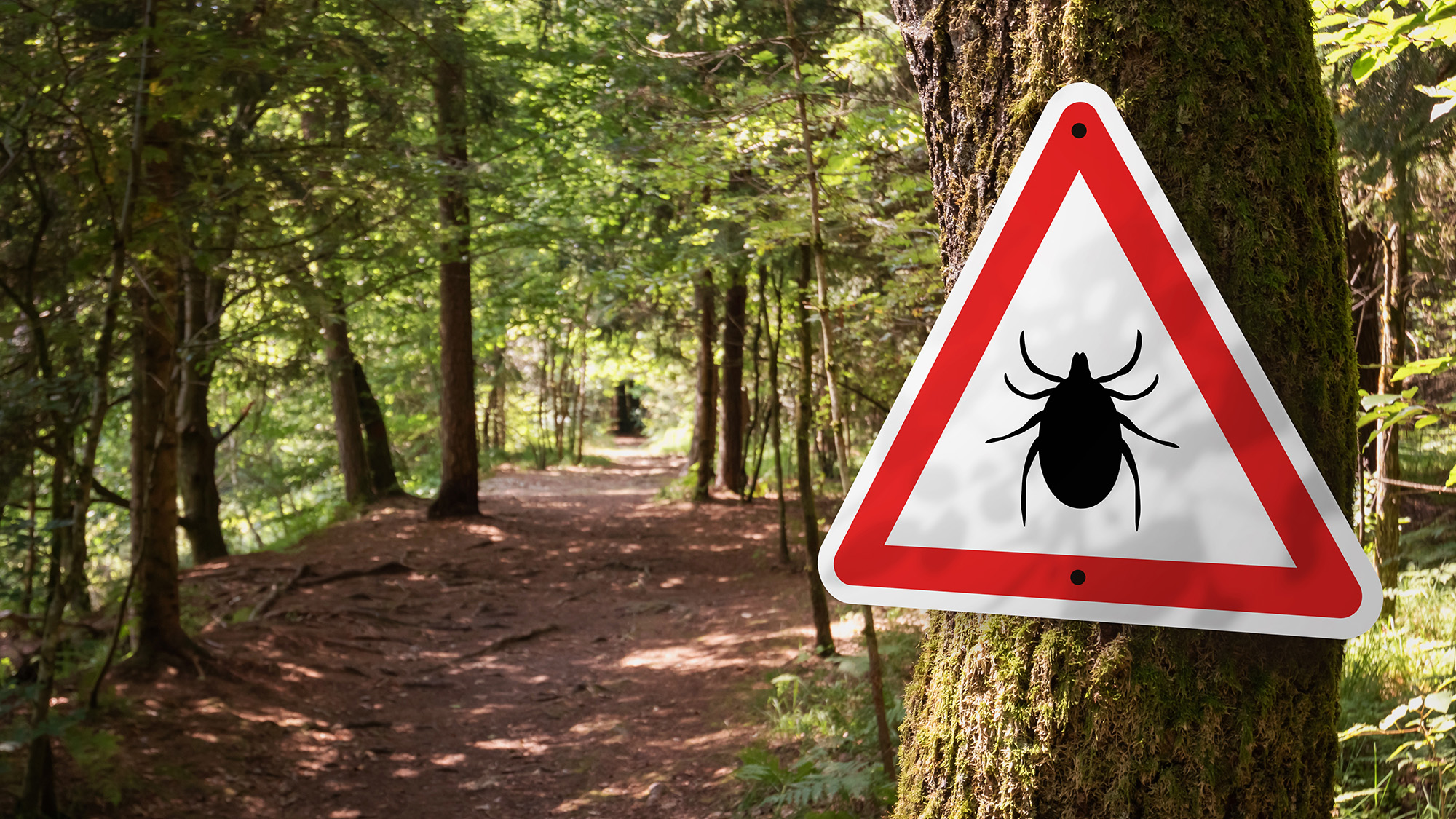
Ticks live in shady, moist areas where potential hosts are close by
It helps to know where ticks like to hide out so you can avoid their favorite places. You’ll find them in forested areas, high grasses, shrubbery, and pockets of dense vegetation.
Get instant access to breaking news, the hottest reviews, great deals and helpful tips.
Peak season for ticks
Ticks also have a favorite time of year and are more active in warm, humid weather, which coincides with when people and pets are spending more time outdoors.
The impact of climate change on tick behavior
Climate change is also playing a part in ticks’ habits, with Crumbley explaining that higher temperature and heavier rainfall across the U.S. means that regional climates are warmer and wetter year after year, moving into fall. “This means that pests of all kinds will be active throughout the end of the calendar year, especially ticks.”
“Fortunately," she adds, "when the weather does finally get colder, tick activity will drop with the temperature.”
These wingless pests have to get creative
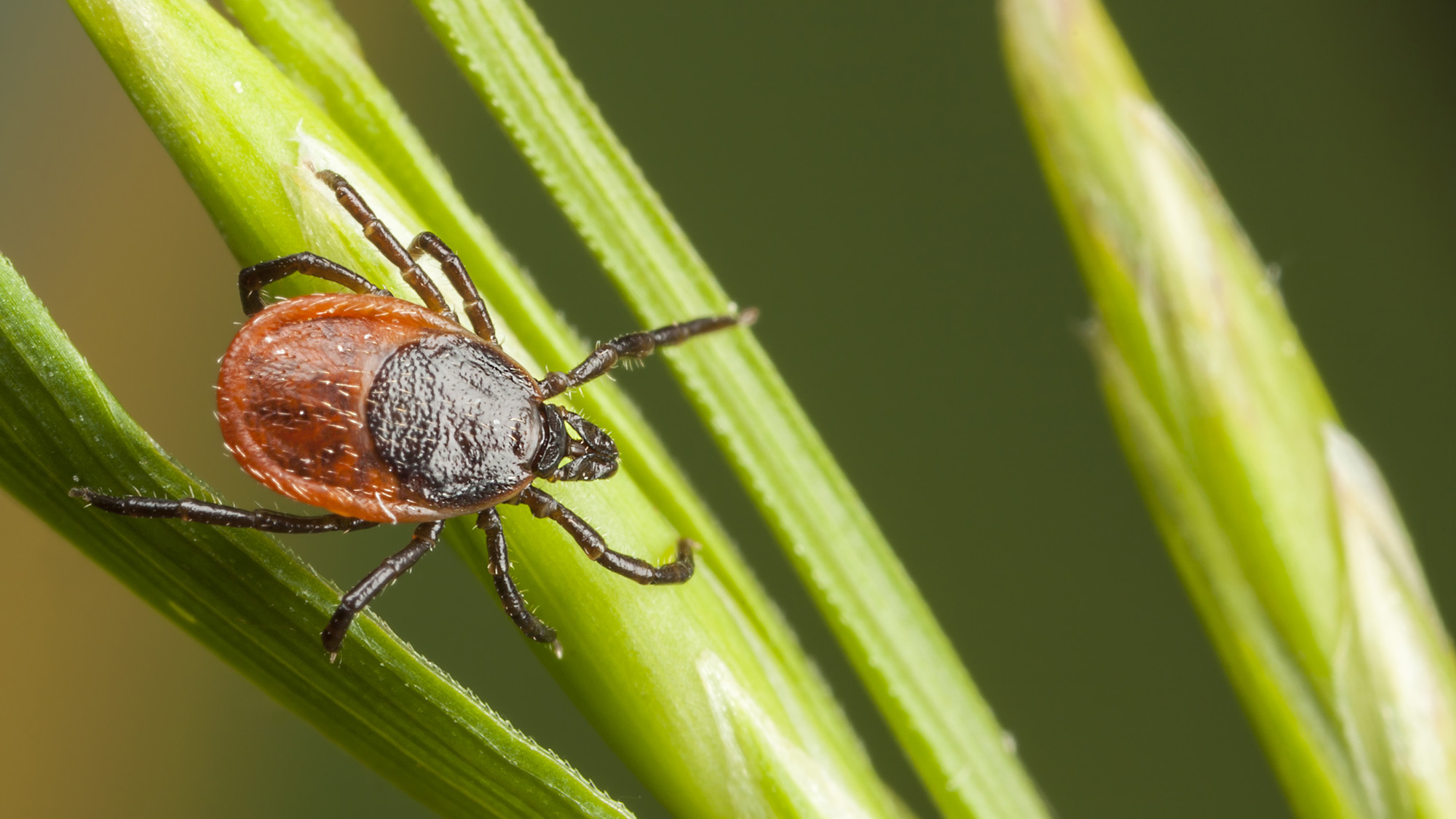
Ticks are unlike other insect pests in a few ways, Crumbley explains, “Ticks are classified as arachnids, meaning they are more closely related to spiders than other bugs.”
And just like spiders, they have eight legs and two body sections, including the head-thorax and abdomen. They also get around without wings and don’t have antennae.
Ticks can only travel by crawling about
Because they don't have wings unlike pests such as mosquitos, their breadth of territory is limited. “Ticks can only travel by crawling about," Crumbley says. "Their lack of wings makes them land-locked in their navigation, so they have to get creative when locating and latching onto hosts.”
One method is referred to as ‘questing’. “By climbing up along pieces of vegetation, shrubbery, and overgrown grass, ticks can place themselves elevated from the ground at ‘host level’," Crumbley explains. “From there, ticks use their frontmost legs to reach out and grab people, pets, and other animals that happen to come nearby.”
How to avoid tick bites
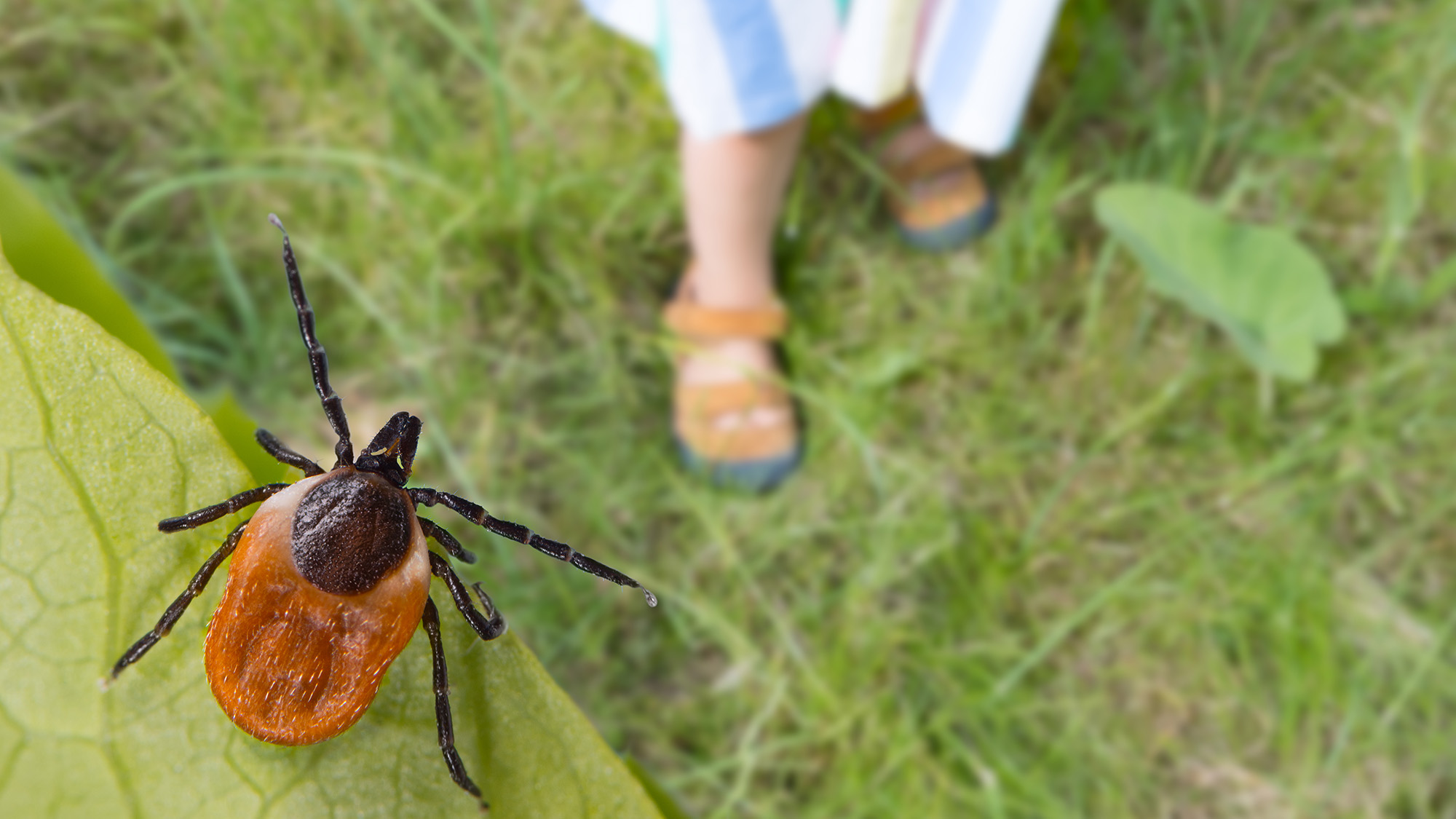
“A large part of your prevention plan should include analyzing and updating areas around your yard,” Crumbley says.
Apart from planting these 9 plants that repel ticks, you can also keep them at a distance by following Crumbley's top five methods.
1. Keep a tidy lawn

“Ticks thrive in damp, shaded environments and tend to die in sunny, dry areas,” says Crumbley. Because of this, ticks are less likely to thrive in ornamental plants or on cut lawns and more likely to be found in brush, woods, or forest-lined areas surrounding your yard.”
To make your yard unattractive to ticks, she suggests clearing out areas where lawn and tree debris gather and relocating compost piles away from high-traffic areas.
2. Create a barrier

Creating a mulch or gravel barrier between your yard and the environment where ticks thrive is a great way to avoid ticks from crossing into your yard. “[Ticks] tend to avoid crossing paths, mulch, or gravel, as crossing these areas exposes them to the sun for long periods, which may lead to drying out and death for the tick,” Crumbley explains.
3. Reduce animal attractions

Crumbley suggests addressing areas where rodents or animals forage, as this may also help lower the number of ticks in your yard, as small animals and rodents are likely to carry ticks with them as the season goes on.
“Check under your deck, in sheds, and in woodpiles for evidence of animals," she says. "If possible, remove animal pests from the areas around your home.”
4. Protect yourself and cover up
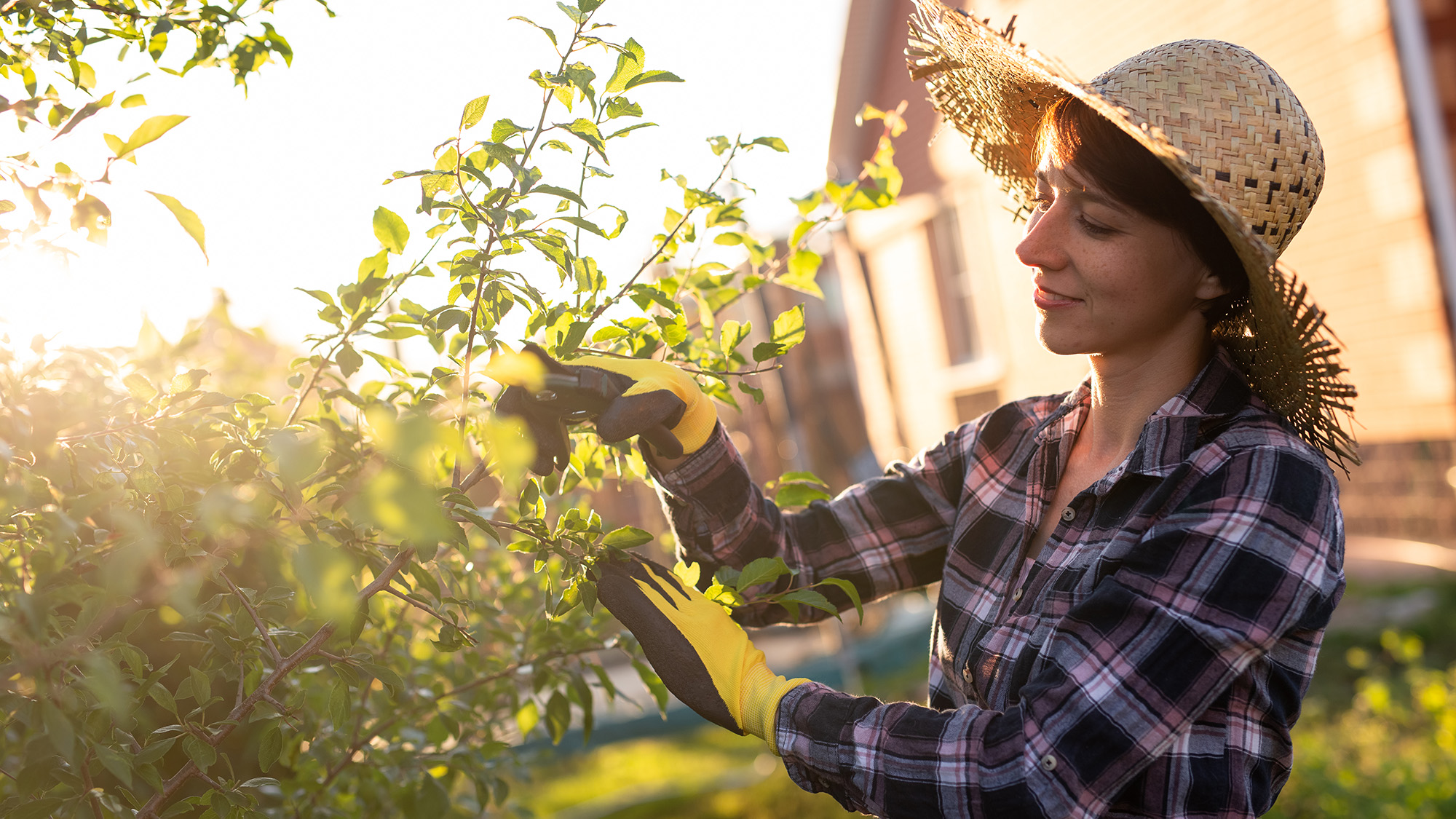
When you know you’ll be entering an environment that is popular with ticks, Crumbley suggests covering up. Wear long clothing that covers exposed skin and don a hat. This can not only make it harder for ticks to bite you, but you’ll also be able to spot a tick before it makes contact.
“If you work outdoors, take hikes in wooded areas, or live in a region with a high tick presence, regularly check yourself for ticks at the end of the day,” says Crumbley.
And if you spot any ticks, or notice any bite marks, she suggests keeping track of them. What’s more, she adds, “Seek medical attention immediately if you live in a state with a high prevalence of tick-borne illnesses, such as Lyme disease.”
These long rose pruning gloves offer forearm protection, and protect your arms from ticks when you're in your yard. The are 100% goatskin, puncture resistant and will protect your your hands and arms from scratches. What's more they are picked as the best forearm protection gardening glove in our gardening gloves buying guide.
5. Call in the tick squad
Ticks can be a challenging pest to control effectively, with Crumbley explaining that their long life cycle and overlapping generations can make it hard to address current infestations and future outbreaks. When this happens, she suggests calling in professional pest controllers to solve the issue.
How to remove a tick
I’ve never had the pleasure of removing a tick, but Crumbley has some sound advice. She says, there are three things to keep in mind: “Work quickly, grab the tick by the head, and clean the area after.”
While she says you don’t have to rush when you go to pull a tick off (it’s latched itself in the skin, it’s not going anywhere), you don’t want to ignore it.
But she adds, “If you would rather have a medical professional remove the tick, try to get to a health care provider sooner rather than later to prevent disease transmission.”
More from Tom's Guide
- This coffee grounds trick can help keep squirrels away from your garden and bird feeders
- Ditch the chemicals: 9 pest-repellent flowers that will keep pests away from your garden
- How to stop pests from ruining your grill — expert tips for a bug-free barbecue

Camilla is the Homes Staff Writer and covers everything to do with homes and gardens. She has a wealth of editorial experience, mounting over 30 years, and covers news and features, tests products for reviews and compiles buying guides.
Her work has appeared in business and consumer titles, including Ideal Home, Real Homes, House Beautiful, Homebuilding & Renovation, and Kitchen & Bathroom Business. She’s even appeared on the cover of Your Home, writing about her own house renovation.
Although she’s obsessed with decorating her home, she also enjoys baking and trying out the latest kitchen appliances. But when she’s not inside, you’ll find her pottering about in her yard, tending to her vegetable patch or taking in her prized hydrangeas.
You must confirm your public display name before commenting
Please logout and then login again, you will then be prompted to enter your display name.

